Building and designing in a new way: digital modelling discussed in Kazan
250 experts discussed Russian solutions in the field of 3D modelling in construction and trends in this industry

TIMI Kazan 2024 conference, dedicated to information modeling and design technologies in construction, has been held in Kazan. More than 250 participants gathered at the site of the Bashir Rameev IT Park. The conference was organised by the Russian developer of information modeling systems SiSoft Development JSC and its expert partner SiSoft Kazan PLC. This event became a continuation of a series of TIMI conferences that take place in Russian cities where the construction and industrial industry is dynamically developing. In the report of Realnoe Vremya — about how the solutions of Western vendors are being replaced and how domestic solutions are successfully applied in various areas of object design.
“The product that we create in Russia must be competitive at the global level”
Among the speakers, there were representatives of development companies, experts from the engineering, scientific, and extractive industries. The conference was moderated by Sergey Gavrilov, the director general of SiSoft Kazan PLC.
Konstantin Mikhailik, the deputy minister of construction and utilities of Russia, greeted the audience in an online address. He noted that CAD (computer-aided design) of domestic developers are massively used today.
“The product that we create in Russia must be competitive at the global level. We are glad that such conferences are held every year. I wish the participants an open dialogue, the opportunity to express the truth, hear it and integrate it into their work. Good luck to everyone!” the deputy minister told the participants.
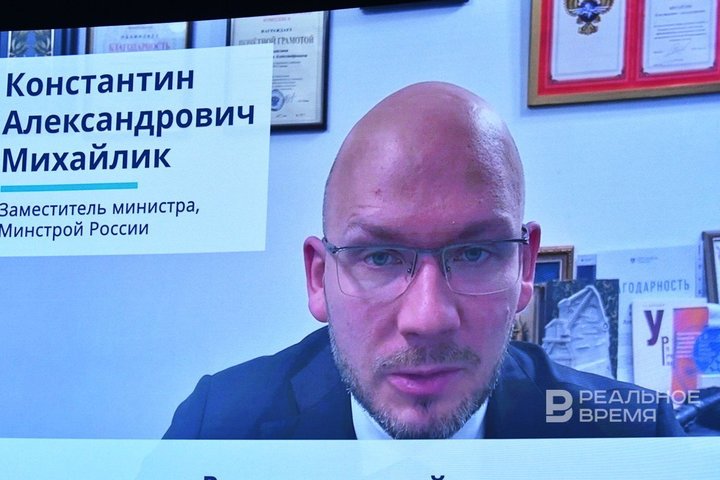
Today, in a situation where Western vendors have left the Russian market en masse, and designers are required to work with domestic software, Russian developers are actively working to provide an adequate replacement. In modern construction (both civil and industrial structures), digital design systems, 3D modeling, complex modules for automating calculations and generating all necessary documentation are used. The details of the direction in which the market is moving today were discussed by the participants of the industry conference.
For example, Alexander Korostylev, the project manager of SiSoft Development JSC, described the direction in which the company concentrated its efforts while developing the Model Studio CS 3D design line. According to him, the company has chosen two main vectors of work — the development of its own technologies and import substitution.
The conference participants discussed what conditions a modern domestic product for 3D modeling should meet. Firstly, various developers strive to provide convenient conditions for design in various fields: not only in civil housing construction, but also in the oil and gas sector, in the energy sector, in the chemical and food industries, in metallurgy, in the design of transport and urban infrastructure facilities.
Secondly, integrated solutions are in the trend: platforms that include information modeling technologies, automation of the release of project documentation, and the creation of a digital twin of an object, and operation management capabilities, and automated workplaces designed for the narrow tasks of specialists from different departments of engineering companies.
Thirdly, the conference participants also discussed that a number of domestic products can provide not only the design and construction stage of facilities, but also further stages of their life cycle during operation.
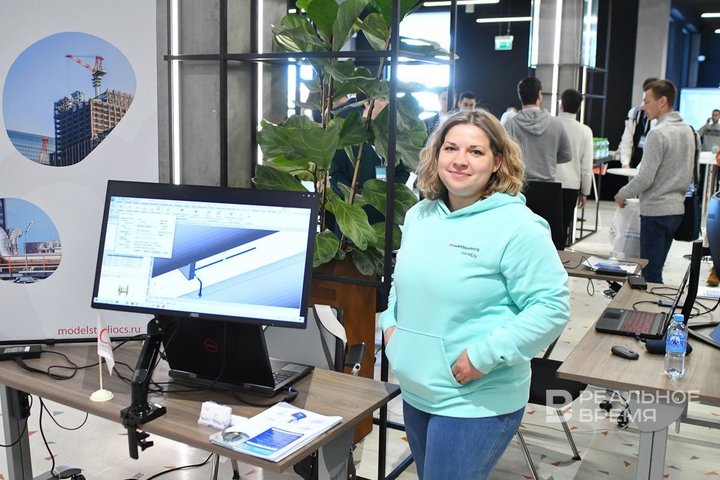
“I ask you to switch to domestic software. Don't be afraid!”
The companies that have so far used Western solutions for volumetric digital design are now switching to Russian products. This means that another important requirement is the ability to quickly integrate, seamlessly transfer projects and related information (packaged in databases) from an imported system to a domestic one. This is especially important when it is necessary to transfer to the Russian platform a digital model of a finished object that was designed earlier.
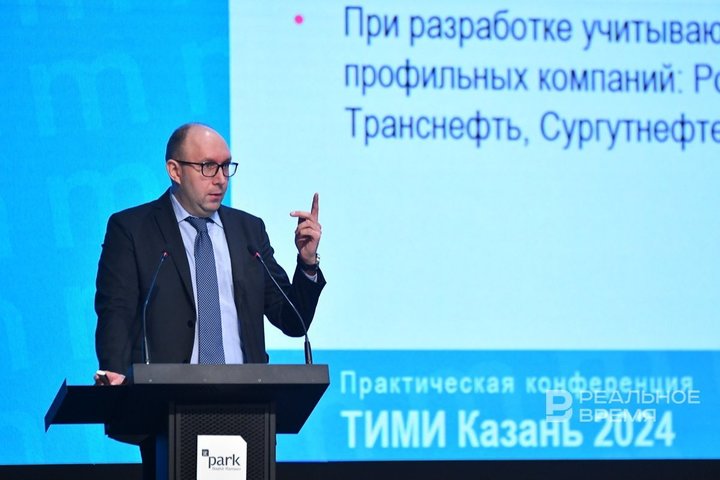
“The industry, in fact, is moving to automatic design technology: you make a model, set it up in a projection, and then the program generates a drawing at any time according to a pre-configured plan and displays it. It is important to note that many large state corporations are involved in the activities of Russian developers: they adjust, give technical specifications and the like," explained Alexander Korostylev. “I ask you to switch to domestic software. Don't be afraid! Experience shows that we overcome obstacles together!”
Andrey Urazaev, the commercial director of the Kazan integrator company SiSoft Kazan PLC, told in his report about the stages that design companies go through when switching to domestic digital modelling systems. He emphasised that important attention should be paid to the training of the team at the enterprise, which will later become the core of the implementation.
“You are not alone," the expert reassured. “There are developers who will answer your questions. There is an integrator company where you will be advised and supported at all stages.”
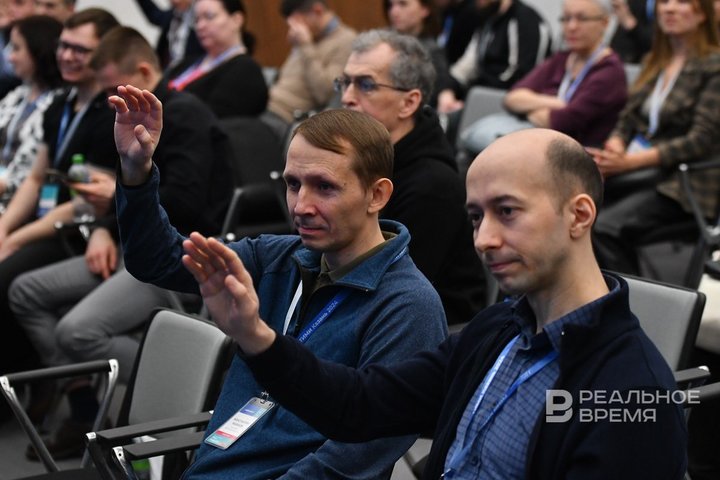
Oilmen, power engineers and many others: who uses domestic developments
Successful cases of translating design and related processes to domestic software platforms were described at the conference. For example, TatNIPIneft engineer Ayaz Garafutdinov (Bugulma) spoke about how 3D design technologies were introduced at Tatneft Design Institute. The Institute was tasked with mastering the process of three-dimensional design to reduce the time required to perform geodetic surveys, accelerate and improve the quality of project documentation development. We also needed the possibility to automatically download 2D drawings from a 3D model.
“First, we developed an algorithm for the work of departments, made a step-by-step schedule. Technical councils were held weekly to discuss the work performed and analyse issues in the construction of our pilot 3D model. Before starting to design the pilot site, geodetic surveys were carried out. A report was formed and, based on the point cloud, received a positive conclusion from Glavgosexpertiza," Ayaz Garafutdinov said.
At the start of the project, engineers were trained in the logic of working in the new software. Many processes were automated, for example, the unloading of explications, site statements and projects. This, according to the speaker, helps to eliminate the human factor and minimise error.
“We quickly learned how to get a 2D model from a 3D drawing. In the process of this work, we saw errors that the builders may not be aware of in the 2D version. Collisions may occur. So, as part of the pilot project, we also saw them. The domestic solution made it possible to automatically receive sections, upload specifications in a few clicks, and upload a cable magazine, both according to the GOST template and according to our own," says the engineer.
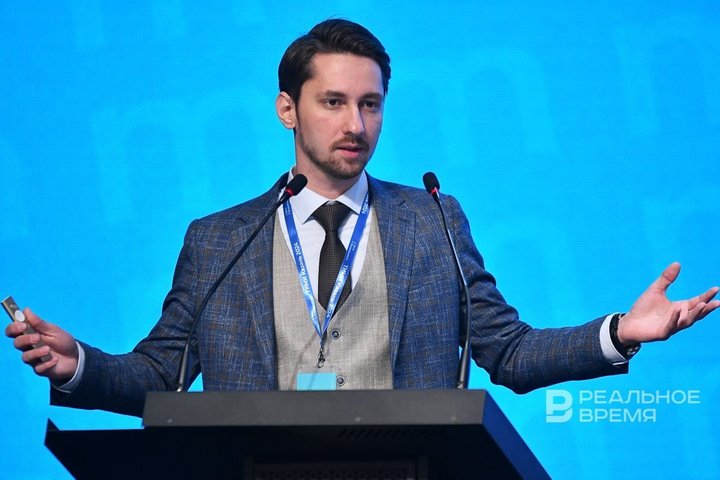
After the completion of the pilot project, TatNIPIneft created a general plan for the area where the pilot facility is located and reduced the time for geodetic surveys by 20%. Currently, the Institute's staff is conducting several projects on domestic software developments (among them, for example, the development of the Bastrykskoye field and the construction of the 4th quarter of the research cluster in Almetyevsk).
Who else is switching to domestic CAD and TIM?
Russian software solutions for digital modelling of engineering and construction facilities are being implemented today in the largest Russian companies. Among the examples given at the conference, it is, for example, a project for Giprotruboprovod JSC, which is part of the structure of Transneft PJSC. With the help of Russian software, complex 3D models of pumping stations with all necessary design and working documentation are currently being developed. Each such station includes ground buildings, underground structures, overpasses, and over half a million 3D objects!
At the TomskNIPIneft Institute, which is part of Rosneft, several large 3D projects of oil and gas facilities have already been implemented on domestic CAD and TIM: a high-pressure compressor station for associated petroleum gas, a gas compressor station, bush sites, etc. As a result, the speed and quality of the development of design estimates has increased significantly, since modelling is now automated.
Russian CAD developments are successfully used in both the chemical and mining industries, even though such facilities are distinguished by their enormous “weight” and large volume. Thus, the conference described examples of the design and operation of chemical and mining complex facilities: This makes it possible to simplify work processes, complete construction work faster and without delay, and receive timely reports without errors.
A large project has been underway with domestic developers since 2019 with Rosatom in the field of nuclear energy. The Russian CAD platform is used in the design of the world's first fourth-generation power unit with a fast reactor.
Civil facilities are also not left aside: for example, scenarios for passing state expertise in the format of an information model have already been developed for the Federal Center for Standardisation of the Ministry of Construction. A number of domestic developments have already been adapted to undergo state expertise in construction, which means that the work of designers is accelerated and simplified.
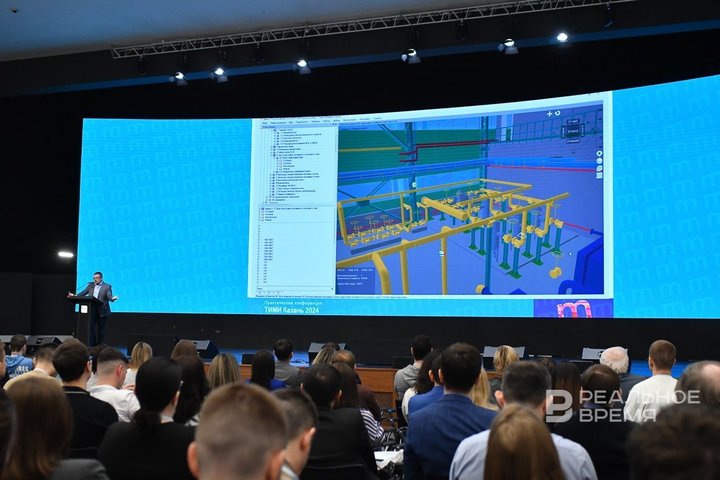
Russian software is already being used to create external engineering networks — it is being adopted by water utilities and heating networks. An interesting example was also given in the field of international cooperation: one of the domestic products was used in the development of the project of the first stage of the elevated metro in Tashkent (Uzbekistan). And the design of a large mining complex in Uzbekistan was carried out on this system.
“The direction is in demand and responds sensitively to events and trends in the construction industry”
The conference program included a dozen and a half interesting reports: clients shared their successful experiences, experts from among developers and integrators described the capabilities of Russian systems and discussed trends throughout the industry.
Sergey Gavrilov comments on the last event:
“Tatarstan is one of the driving regions in the Russian construction sector. Advanced technologies are being dynamically introduced here, and projects based on digital solutions are being implemented. The republic has a progressive community of developers, contractors, designers, architects with extensive experience in civil and industrial construction. The conference has become an interesting new event, a platform for discussing digital design tools, in which both developers and representatives of industrial companies are interested. Here in Kazan, the dialogue on the need and prospects for the introduction of these tools can reach a qualitatively new level.”
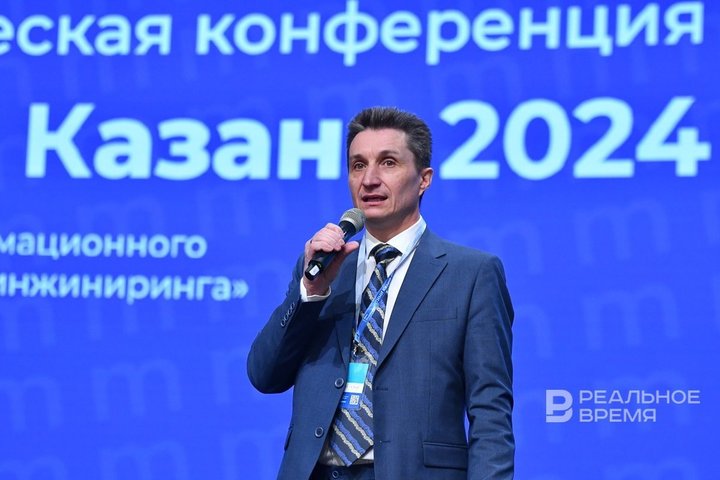
Alexander Belkin, the head of SiSoft Development Representative Office, explains:
“TIMI conferences are an important social project through which we interact with the community of construction professionals. This communication is important because it enriches all its participants. For developers, there is more feedback, for guests of the event there are real cases and more options for using technologies. The conference programs cover current trends in the development of information modeling. For more than a year of holding TIMI all over the country, it became clear that our direction is in demand and responds sensitively to events and trends in the construction industry.”
And one of those speakers who successfully uses Russian CAD products in their daily work, the head of the technical documentation department of Soyuzkhimproekt Design Institute, Airat Iskhakov, shares:
“We are pleased that the extensive experience of our institute in the field of information modelling technologies is actively expanding towards Russian solutions. Their great advantage is meeting the requirements of the largest customers from the heavy industry, whose priority is safety and reliability. We are confident that the partnership and active interaction between Russian software developers, us, its operators, and customer companies is a big step towards the technological sovereignty of our country.”
There was active networking on the sidelines of the event: all speakers were available for discussion and questions during coffee breaks and lunch breaks. This offline conference was held in Kazan for the first time, and its experience has shown that such meetings are important for understanding common needs, for bringing experts together on one platform and for sharing valuable experience. TIMI conferences will continue soon: the next one will be held in Yekaterinburg.